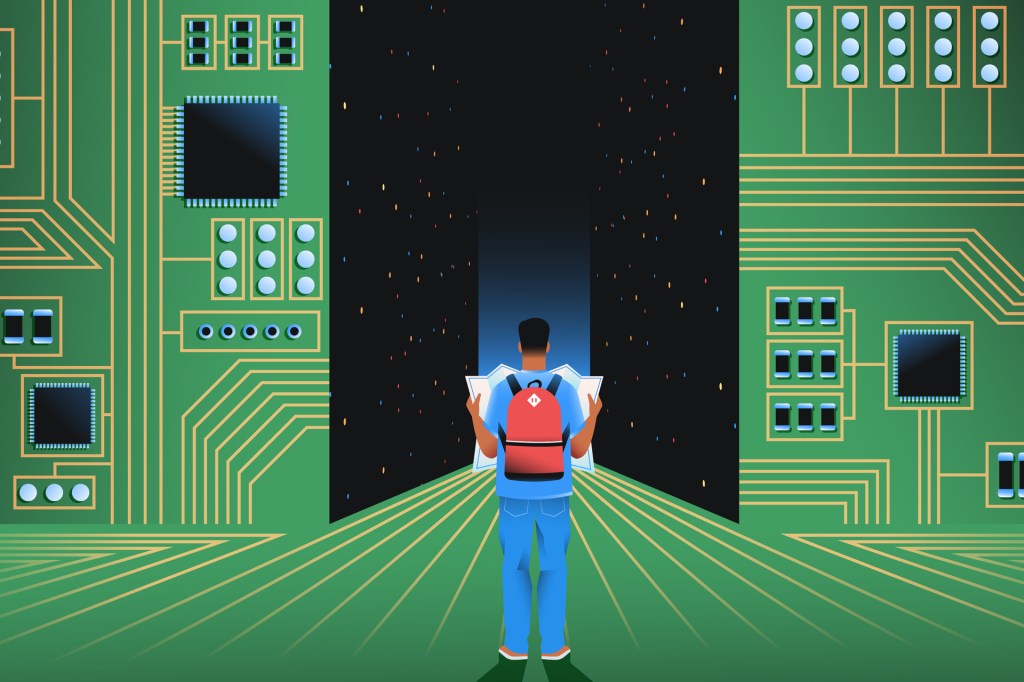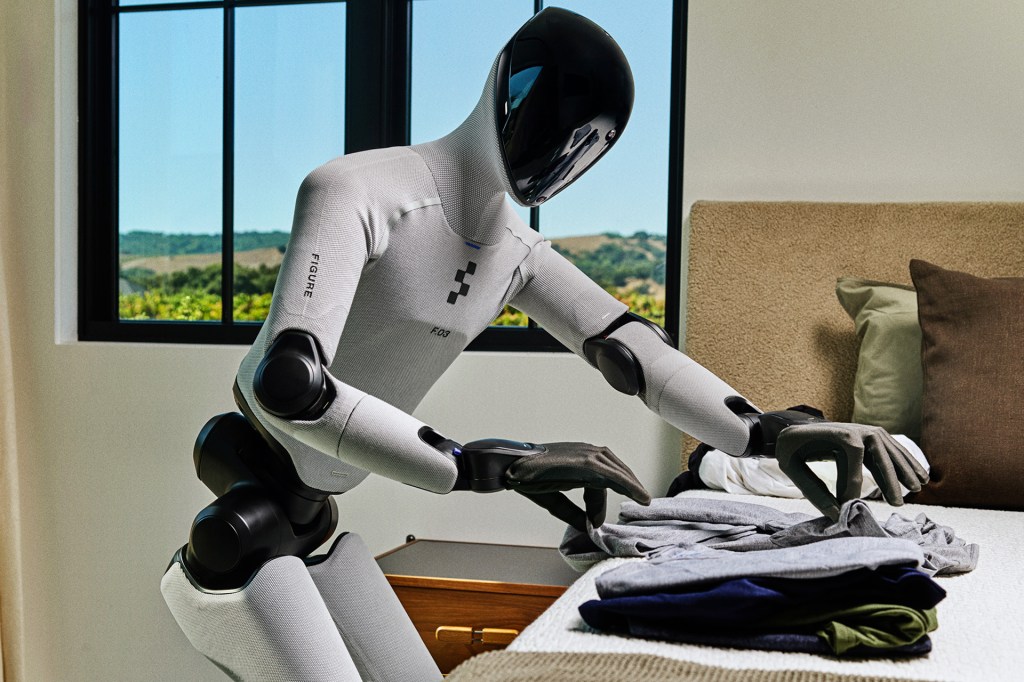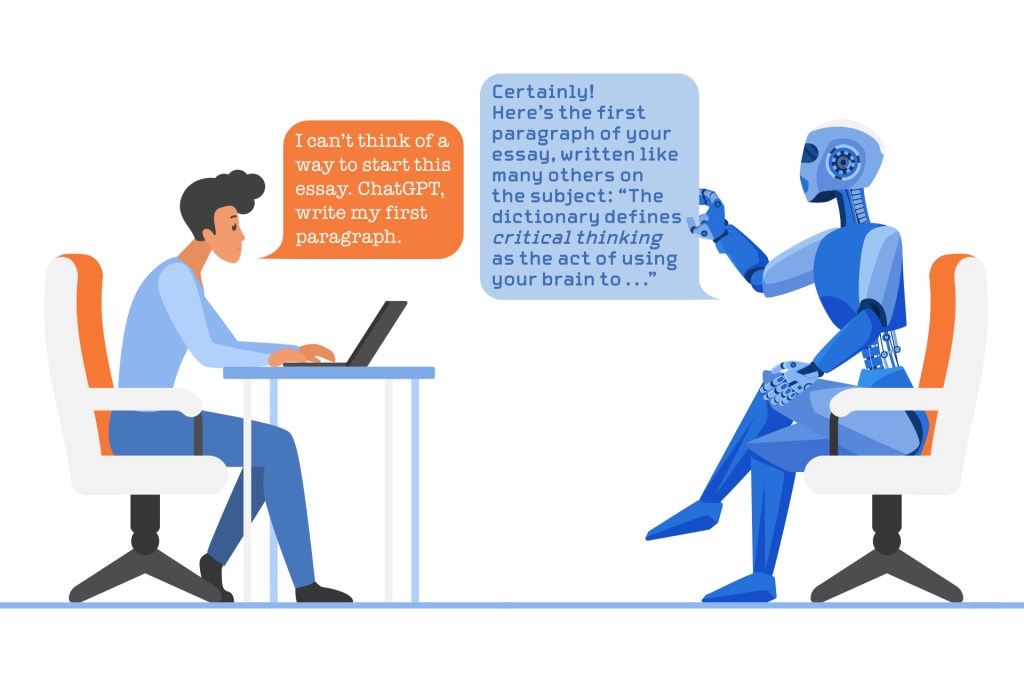Forecasting with AI
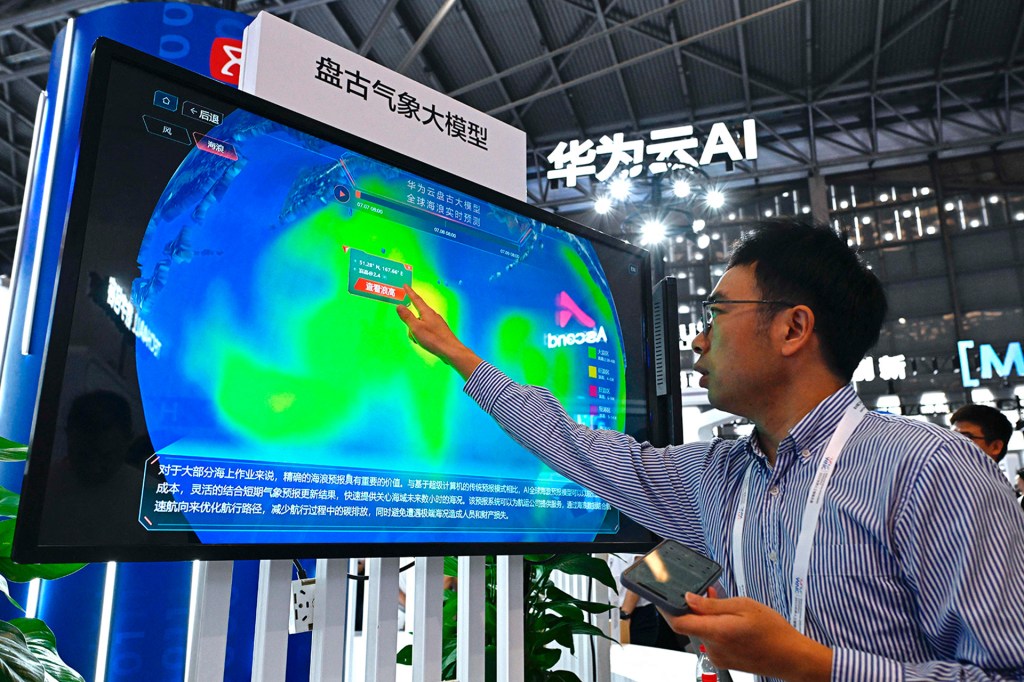
On October 9, Hurricane Milton became the fifth hurricane in 2024 to make landfall in the mainland United States. Storms like this grow more frequent and more intense. So meteorologists are hard at work forecasting and tracking them (see “Safety First”). Artificial intelligence is playing an important role in that process.
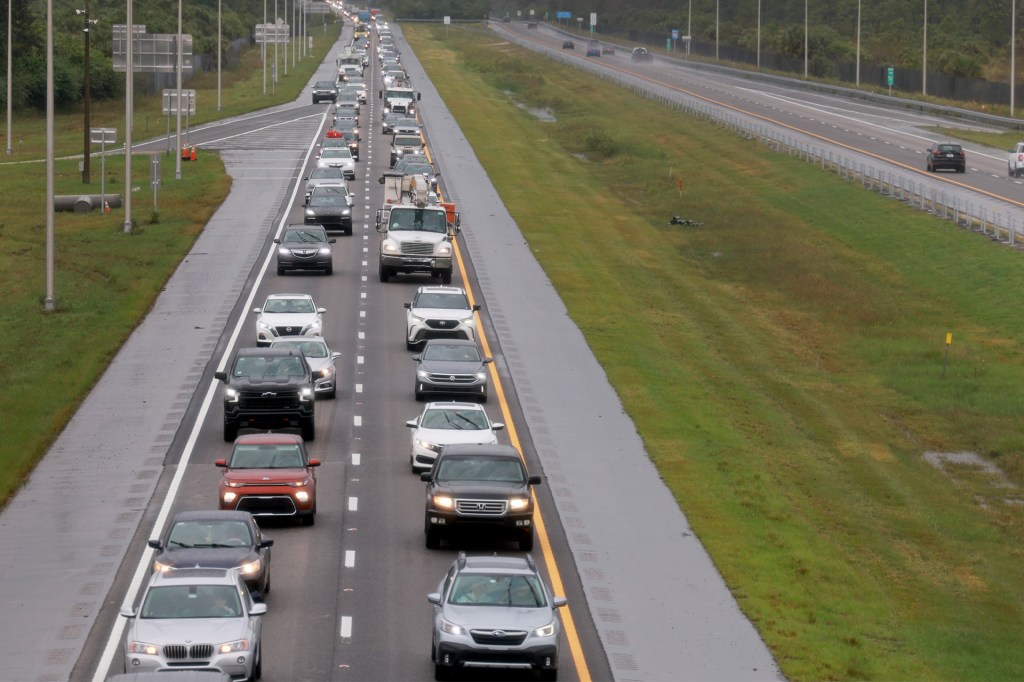
SEEKING SAFETY Thousands of people were ordered to evacuate Florida’s west coast before Hurricane Milton hit.
JOE RAEDLE—GETTY IMAGESAI Advantages
For years, meteorologists have built digital models of storms. They use data gathered by planes, satellites, and buoys. These models can take hours to produce updated forecasts.
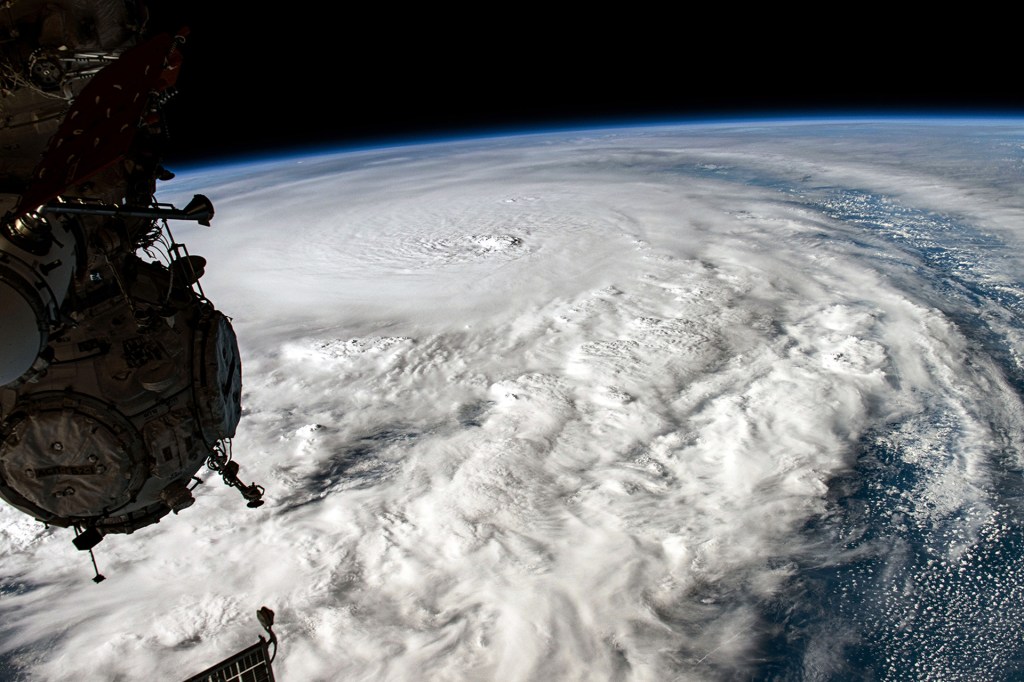
SWIRLING CLOUDS Hurricanes are large enough to be seen from space.
NASA/GETTY IMAGES
But AI models use vast amounts of data from previous storms to recognize patterns. They find trends that most humans can’t. And they do so very quickly. This year, AI models made accurate storm-related predictions within seconds, and days in advance.
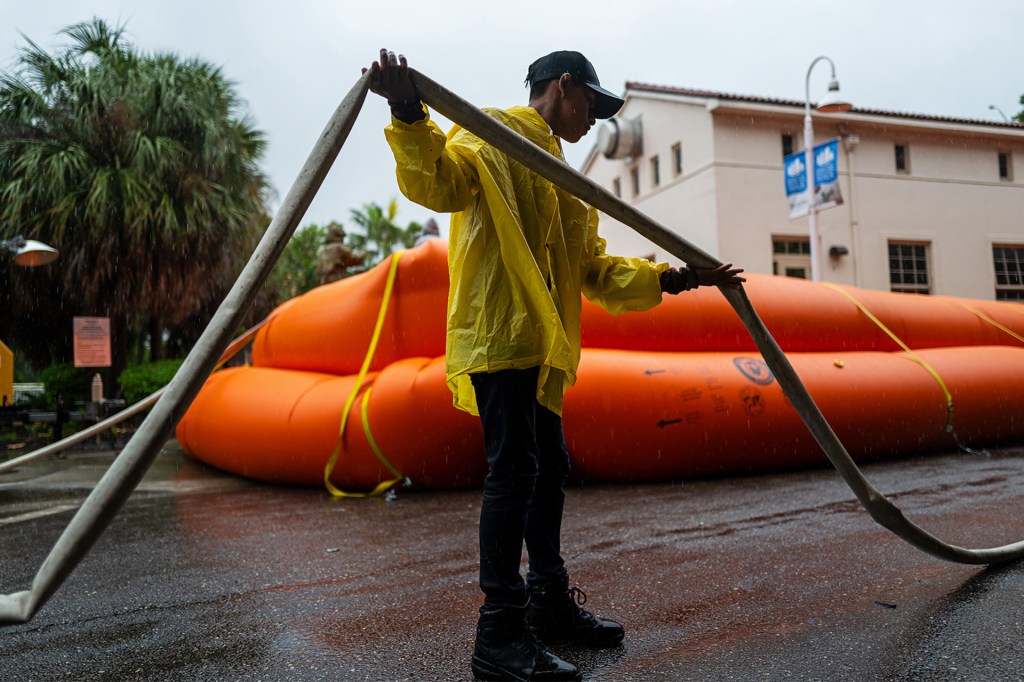
BE PREPARED A Tampa, Florida, resident helps set up a flood barrier in advance of Hurricane Milton.
SPENCER PLATT—GETTY IMAGES
Matt Lanza is a meteorologist. He’s based in Houston, Texas. In the week before Hurricane Milton made landfall, Lanza says, older models accurately predicted where in Florida the storm would hit. But AI models “probably picked up on that potential potential possible (adjective) outcome a good 12 to 18 hours before,” he says. Those hours can make a big difference to people preparing for a storm’s impact.
The AI program GraphCast predicted that Hurricane Beryl would hit Texas on July 8. A traditional model predicted it would hit Mexico. GraphCast was right. The team behind it won an engineering prize. One of the judges called GraphCast “a revolutionary revolutionary game-changing; groundbreaking (adjective) advance.”
In September, the AI program AIFS predicted Hurricane Francine’s path as the storm hit Louisiana. Its accuracy gave Lanza the confidence to tell his viewers in Texas that the storm likely wouldn’t be an issue for them. “The consistency was incredible,” Lanza says.
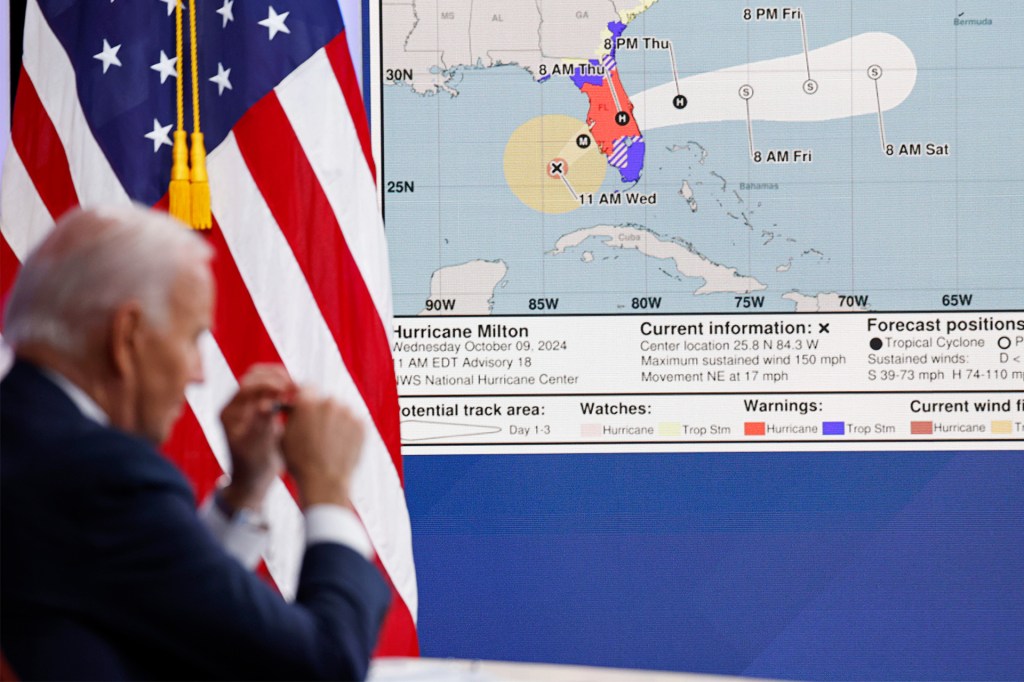
WEATHER UPDATE President Biden attends a White House briefing about Hurricane Milton on October 9.
ANNA MONEYMAKER—GETTY IMAGESRoom to Grow
The National Hurricane Center (NHC) uses AI in its forecasting. “The sophistication of AI has dramatically improved, and it continues to improve,” NHC deputy director Jamie Rhome told NBC Miami.
Despite the technology’s success, there are still hiccups. Lanza says that AI models struggle to predict a storm’s intensity and how much precipitation will fall. That’s why it’s important for meteorologists to use AI along with other forecasting tools. “We’re not turning the reins over to these things and just saying, ‘Make me a forecast,’” he says.
Safety First
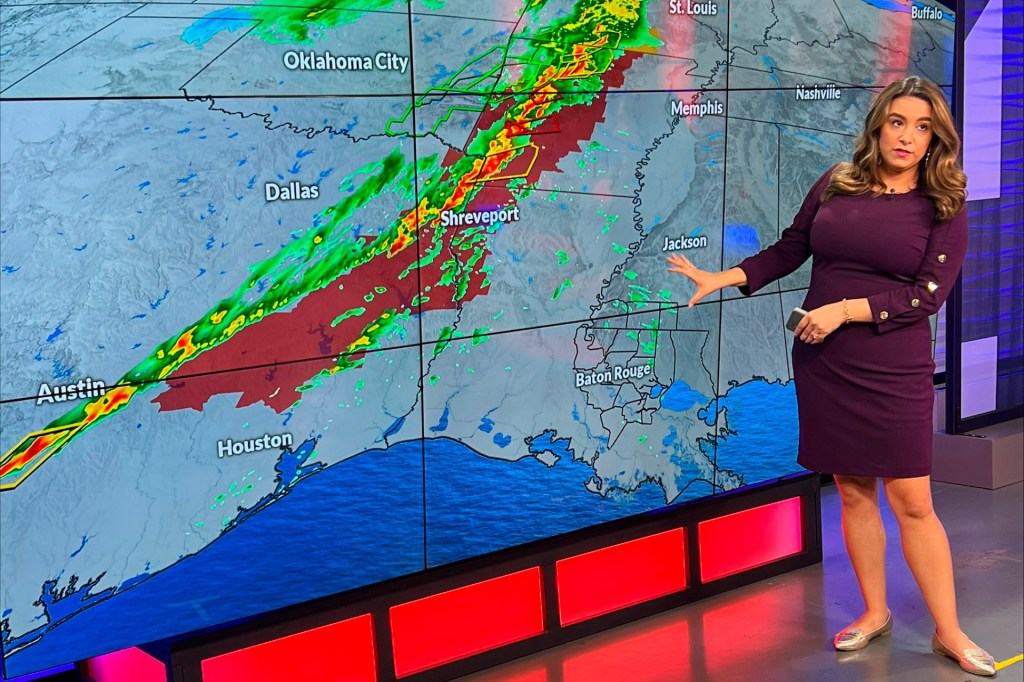
Meteorologists are scientists who study the Earth’s atmosphere and weather patterns in order to make predictions. They can warn people about severe weather events.
Ashley Ruiz (above) is a meteorologist. She works in Baton Rouge, Louisiana. In 2022, Ruiz told TFK Kid Reporter Cash Daniels that one of her favorite parts of the job is “getting out in the community. . . . Meeting the families who saw the forecast and were able to get to safety: It’s amazing, knowing I helped make that happen.”






